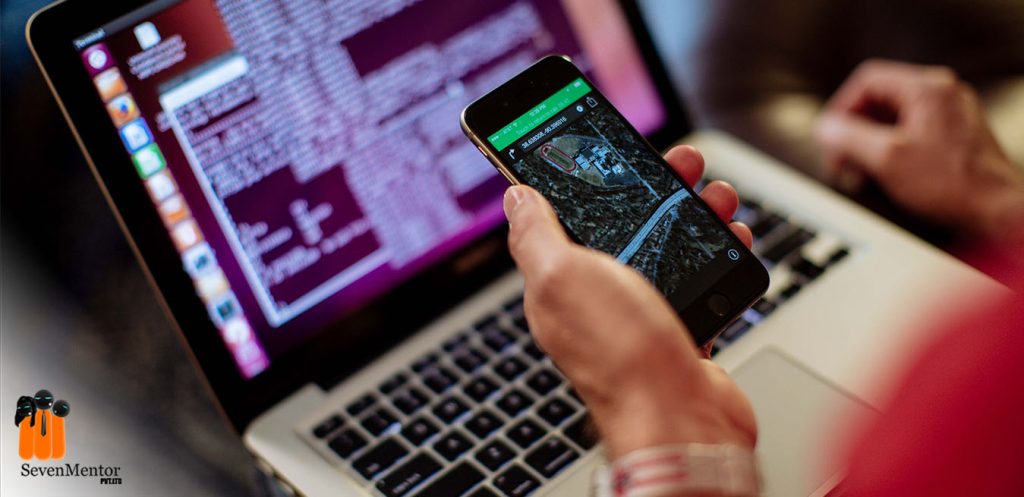Phone phreaking, a fascinating chapter in the history of technology and hacking, emerged in the late 1950s and reached its zenith during the 1970s. This subversive activity involved the manipulation of telephone systems to exploit their vulnerabilities, often for the purpose of making free long-distance calls or accessing restricted services. The term phreaking is a portmanteau of phone and freak, reflecting the enthusiasm and unconventional approach of its practitioners. Phreakers, as they were known, used a variety of techniques and tools to subvert the traditional telephone system. One of the most famous tools was the blue box, a device that generated specific tones to exploit the analog switching systems used by phone companies at the time. These tones could mimic the signals used by telephone switching equipment, allowing phreakers to gain access to the phone network and make free calls. The allure of phone phreaking was not merely about the thrill of bypassing billing systems or accessing restricted networks. It was also driven by a sense of rebellion against the establishment and a desire to explore and understand the inner workings of complex systems.

They saw their activities as a form of technical artistry, pushing the boundaries of what was possible with existing technology. The culture of phone phreaking was also notable for its community aspect. Phreakers often shared their discoveries and techniques through underground newsletters, phone networks, and personal contacts. This collaborative environment fostered a culture of knowledge sharing and mutual respect among its members, creating a sense of camaraderie and shared purpose. The impact of phone phreaking extended beyond the realm of telephone systems. It played a significant role in the development of modern hacking culture and the broader understanding of cybersecurity. Many of the techniques and tools developed by phreakers laid the groundwork for future explorations in computer hacking and network security. For instance, the concept of exploiting system vulnerabilities for unauthorized access, which was central to phone phreaking, would later become a fundamental aspect of computer hacking. Some of the most notable figures in the early hacking community, such as Steve Wozniak and Steve Jobs, were also involved in phone phreaking.
Their experiences with phone phreaking history influenced their later work and contributions to the tech industry, particularly in the development of personal computers. Despite its innovative and rebellious spirit, phone phreaking was not without its legal and ethical implications. Phone companies and law enforcement agencies viewed these activities as a serious threat to their operations and security. In response, legal measures were enacted to address the issues associated with phone phreaking, and the advent of digital switching systems made many of the phreaking techniques obsolete. However, the legacy of phone phreaking endures in the realm of cybersecurity and hacking culture. It serves as a reminder of the ingenuity and resourcefulness of those who seek to explore and understand the complexities of technology, even when their methods are unconventional or controversial. The story of phone phreaking is a testament to the interplay between technology, curiosity, and rebellion, and it continues to influence the ways in which we think about and interact with technology today.

